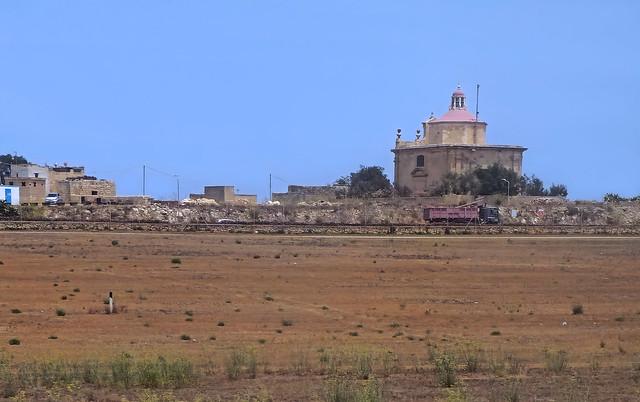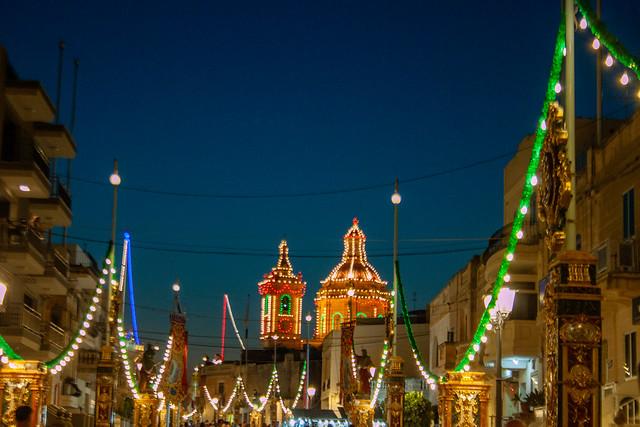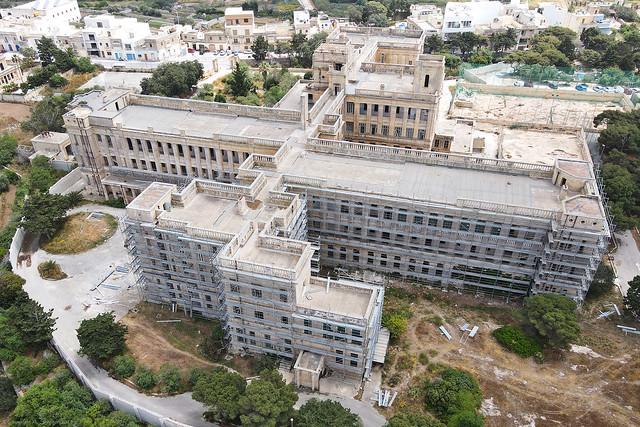Gudja
Overview
Historical Significance
Gudja, a quaint village located in the southern region of Malta, is steeped in history that dates back to prehistoric times. The area is home to the remarkable Hagar Qim and Mnajdra temples, which are some of the oldest freestanding structures in the world, believed to have been constructed around 3600 to 3200 BC. These temples are UNESCO World Heritage sites and showcase the advanced megalithic architecture of Malta's ancient inhabitants. Exploring these ancient monuments provides a fascinating glimpse into the spiritual practices and societal structures of early Maltese civilization.
Cultural Atmosphere
The atmosphere in Gudja is a delightful blend of traditional Maltese culture and rural charm. The village is characterized by its narrow winding streets, adorned with vibrant, colorful balconies that reflect the Maltese architectural style. Local life revolves around community events, with the annual feast of St. Mary held in September being a highlight. During this time, the village comes alive with parades, music, and fireworks, offering visitors a chance to experience the warm hospitality and spirited celebrations of the Gudjese people. This local festival is a true representation of Maltese culture, featuring traditional food, folk dances, and religious processions.
Local Characteristics
One of Gudja's unique aspects is its strong agricultural roots, which are evident in the surrounding fields and gardens. The village is known for its production of fresh produce, including tomatoes, olives, and herbs, which are often used in traditional Maltese dishes. As travelers stroll through the village, they may encounter local markets where fresh fruits and vegetables are sold, providing an authentic taste of Maltese rural life. Additionally, Gudja is recognized for its artisanal crafts, particularly ceramics and lacework, making it an ideal spot for those seeking unique souvenirs that reflect the island's heritage.
Architectural Highlights
The village is dotted with beautiful churches, the most notable being the Church of St. Mary, which features intricate Baroque architecture and stunning interior artwork. This church stands as a focal point in the village, surrounded by charming squares where locals gather to socialize. The architecture of Gudja is a testament to the island's rich history, with buildings that showcase various styles influenced by different eras, including the Knights of St. John and the British colonial period.
Natural Surroundings
Just a stone's throw away from the bustling urban areas, Gudja offers a peaceful retreat with its picturesque countryside. The village is surrounded by lush landscapes, providing ample opportunities for outdoor activities such as walking, hiking, and cycling. Nearby, the Delimara Peninsula boasts stunning coastal views and beautiful cliffs, perfect for those looking to explore Malta's natural beauty. The proximity to these serene spots enhances the charm of Gudja, making it a delightful escape from the more tourist-heavy areas of the island.
With its rich history, vibrant culture, and picturesque landscapes, Gudja invites travelers to immerse themselves in the authentic Maltese experience. Whether exploring ancient temples, enjoying local festivities, or simply wandering through its charming streets, visitors will find that Gudja is a hidden gem that offers an intimate glimpse into the heart of Malta.
How It Becomes to This
History not available

You May Like
Explore other interesting states in Malta









